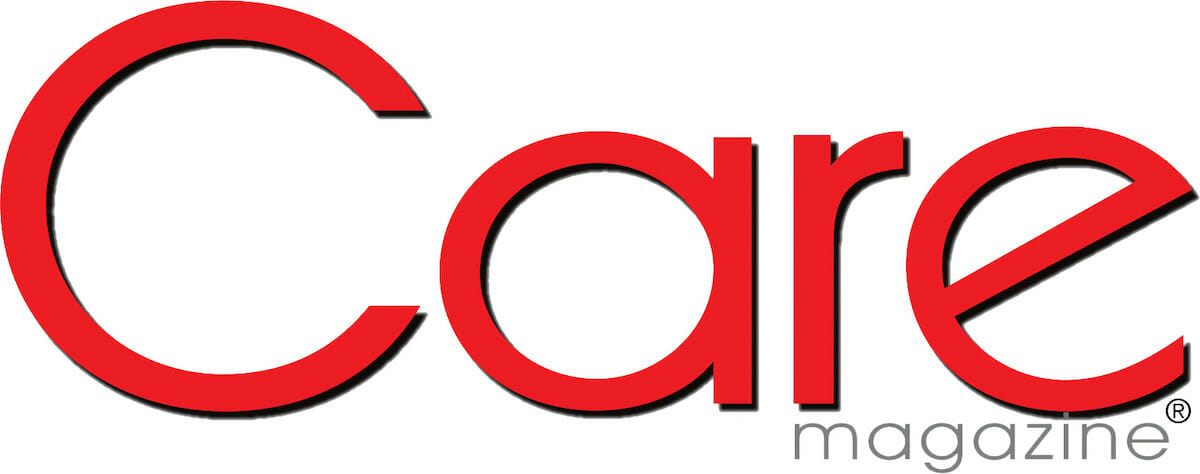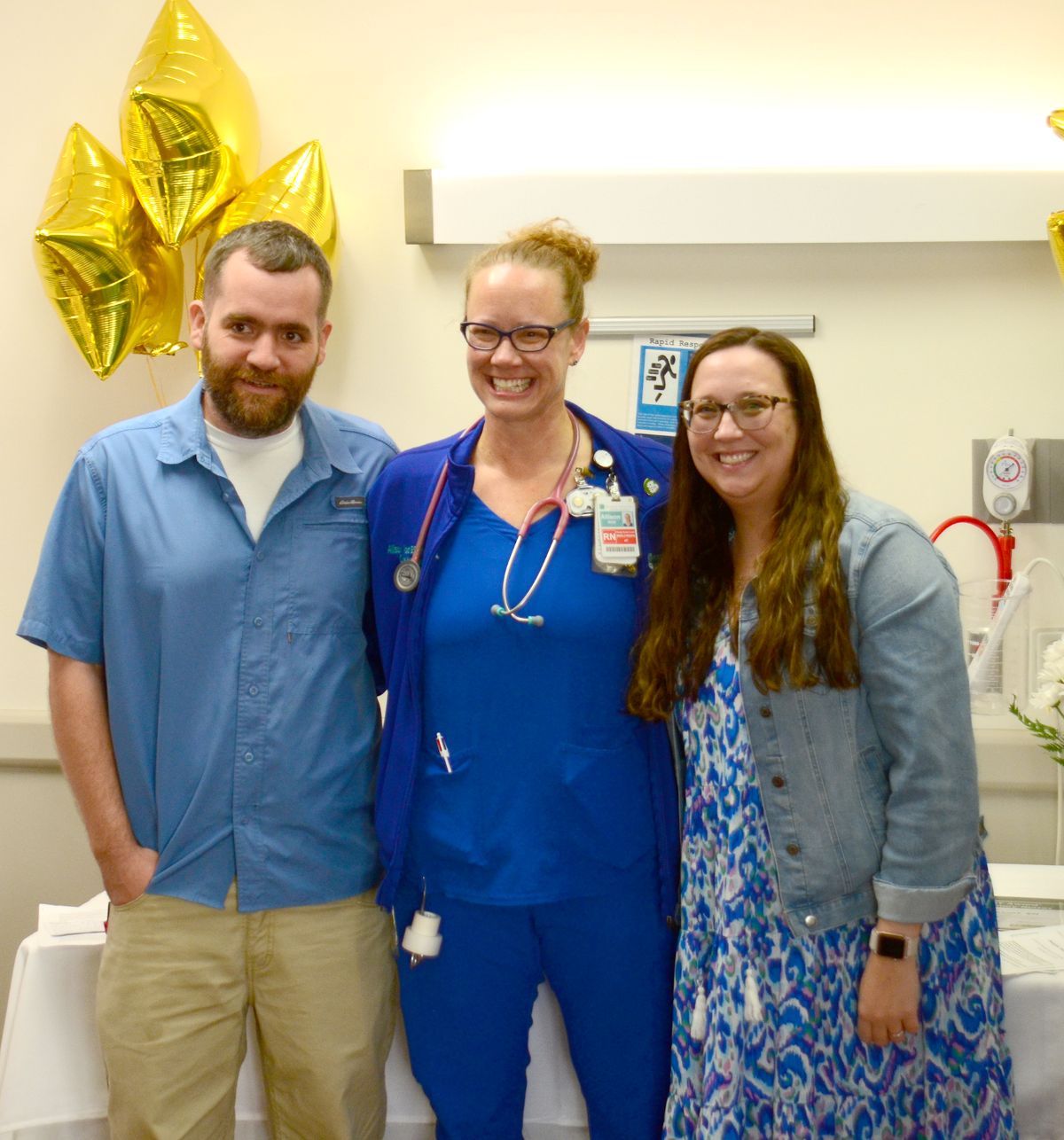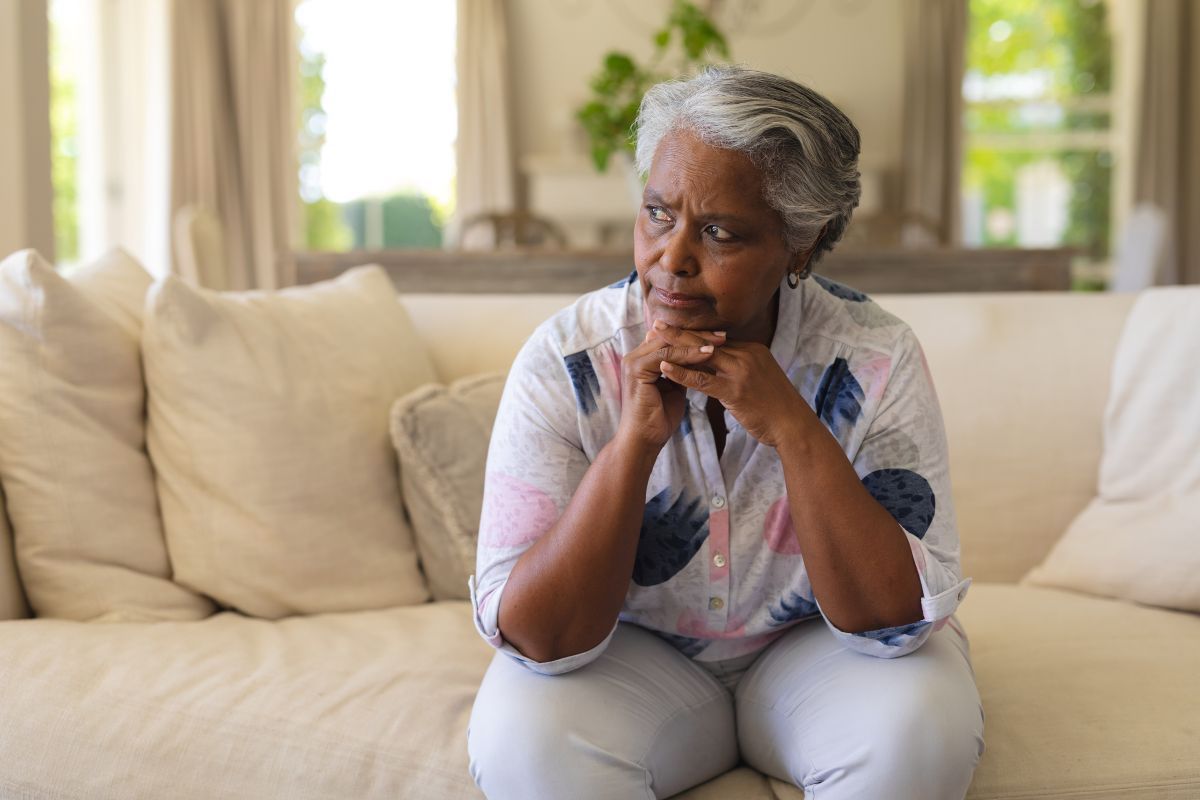
By Helen Adams
Some new recommendations from the American Stroke Association apply to a group that may be surprised to hear them: young women. “Women have risk factors that are not present in men during the childbearing and the post-menopausal period,” said Ghada Mohamed, M.D. She’s a stroke neurologist with the MUSC Health Comprehensive Stroke Institute.
The recommendations come in the 2024 Guideline for the Primary Prevention of Stroke. The Stroke Association now recommends that women and their doctors keep an eye on the following risk factors:
• High blood pressure during pregnancy and within six weeks of having a baby.
• Recurrent pregnancy loss.
• Use of oral contraceptives or hormonal therapy.
• Premature birth.
• Presence of endometriosis.
• Premature ovarian failure.
• Early menopause.
The Stroke Association also lists transgender women and gender-diverse people taking estrogen for gender affirmation as running a higher risk of having strokes due to the estrogen component. Mohamed said hormone replacement therapy for menopause symptoms can increase stroke risk as well, especially for those with histories of cancer or clotting disorders.
The good news: Screening for stroke risk factors and modifying or treating them when possible can greatly reduce the odds that someone will suffer a stroke. “It’s good to have this subcategory to address those specific factors that are related to women to increase the awareness about these potential risk factors and the best way to modify them,” Mohamed said.
Bigger picture
What happens during a stroke? A blood vessel to the brain is blocked by a clot or ruptures. That restricts blood and oxygen flow, causing brain cells to die.
Who’s most likely to have a stroke? The average age is someone in their 60s, Mohamed said.
But previous research has drawn some distinctions involving age and sex. A 2022 report in the journal Stroke found that women age 35 and younger were more likely to have strokes than men in that age range. The gender difference dissolved in the 35 to 45 age range. In people 46 to 75, men had more strokes. Beyond that, women led the way. They tend to live longer than men.
How common are strokes? Almost 800,000 Americans have one each year. That’s about one every 40 seconds.
What are the leading causes of strokes? Having had a previous stroke is up there. So are high blood pressure, high cholesterol, heart disease, diabetes, obesity and sickle cell disease. Lifestyle choices can raise the risk as well. They include a diet high in fat, lack of physical activity, too much alcohol, tobacco use and secondhand smoke.
What are the signs someone is having a stroke? Mohamed said people can take the actions represented by the acronym BE FAST.
B stands for balance. “A sudden onset of acute severe dizziness, vertigo, the room is spinning,” Mohamed said of the feeling involved.
E stands for eyes. “Look for acute vision change, loss of vision, double vision. Part of the vision is gone or severely blurred.”
F stands for face. “There can be facial droop.”
A stands for arm. “Look for arm weakness.”
S stands for speech. “That’s speech disturbance, whether it’s slurred speech, the ability to get the words out or the inability to understand what the people are talking about.”
T stands for time to call 911. “If the patient developed any of those symptoms, especially if they never had them before, call 911.”
After making that 911 call, Mohamed said people sometimes try to figure out what they can do to help the person who had the stroke while they wait for an ambulance.
Her advice: “You can check the blood sugar if they have a blood sugar machine because sometimes hypoglycemia can mimic symptoms of stroke. But otherwise, I don’t recommend people giving their folks or family members aspirin because we don’t know if it’s ischemic stroke or hemorrhagic stroke.”
An ischemic stroke, the more common type, involves a blockage of a blood vessel. A hemorrhagic stroke occurs when a blood vessel ruptures.
In any case, wait for emergency help to arrive, with experts who can determine the next steps, Mohamed said. And be aware of not only symptoms but also risk factors – including the new woman-focused recommendations. “I was really happy to see those,” Mohamed said.
PHOTO CAPTION: In a stroke, a blood vessel to the brain is blocked by a clot or ruptures. That restricts blood and oxygen flow, causing brain cells to die. Photo by Anna Shvets.












